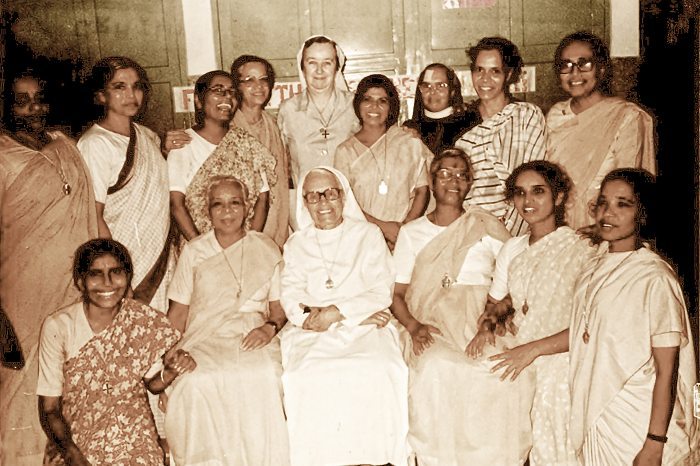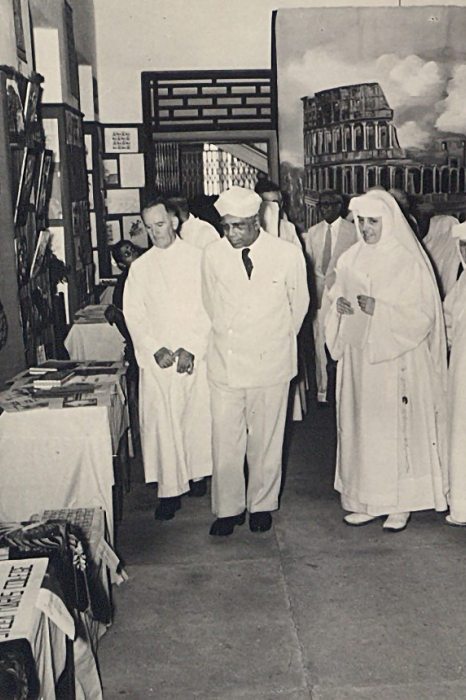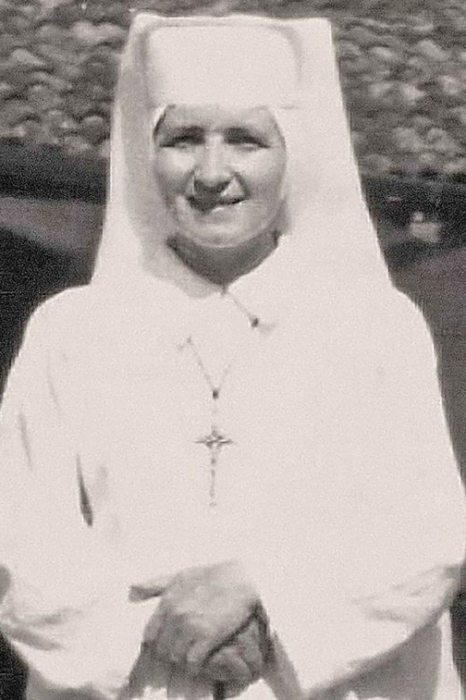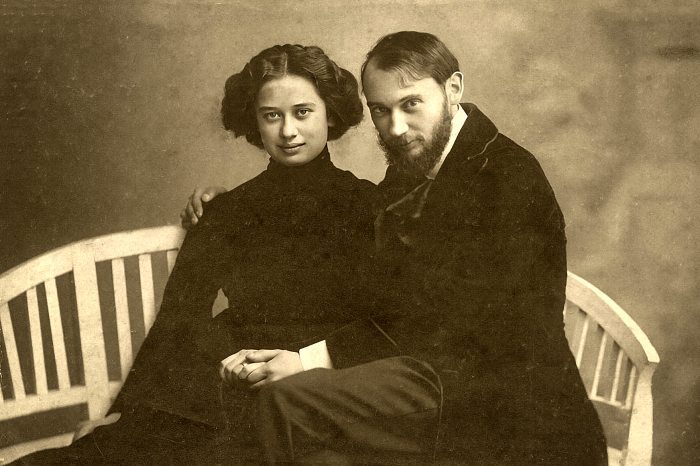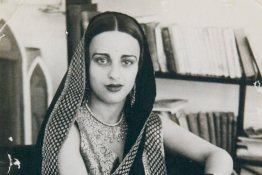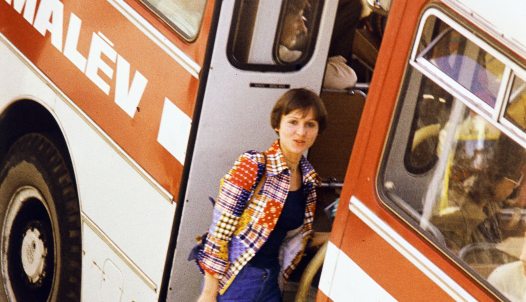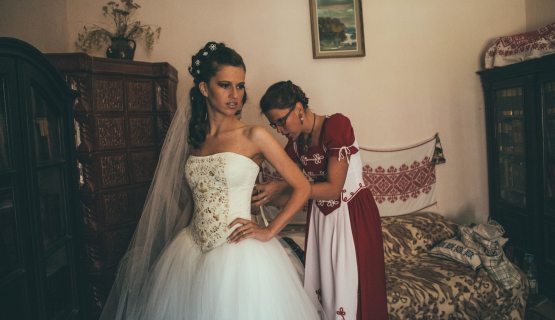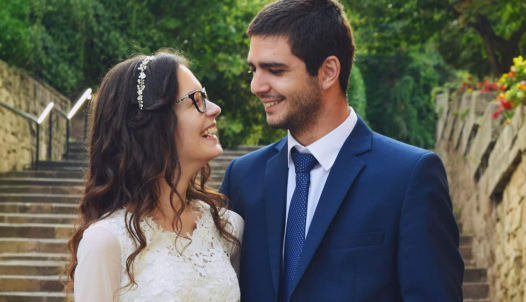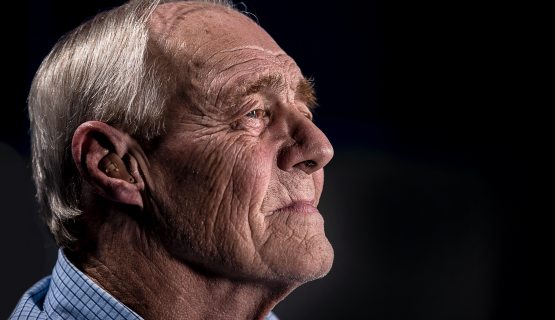Hungarian Women for India – and what they shared: dedication, intellectual strength, and sensitivity to others
India became an independent country in 1947. Few people know that until the outbreak of World War II, a few self-sacrificing Hungarian women worked for the independence of this great country and a new India. Who are they? A landowner from Transylvania, the daughter of a Jewish family in Budapest, four Catholic nuns, and a painter with her daughter, also a painter.

The Museum of Fine Arts organized a series of lectures on India, which has been independent for seventy-five years, with the support of the Embassy of India, the Ferenc Hopp Museum of Asian Art, and the Indo-Hungarian Friendship Society. Among the speakers was Dr. Imre Lázár, a cultural diplomat, who gave an insight into the lives of women of Hungarian origin who have done much for independent India and the improvement of the social status of women in the country.
A Hungarian woman among Gandhi's followers
Mrs Aladár Vértessy's name was first mentioned by Ervin Baktay in an interview for "Radio Life": "There is a Hungarian woman living in Gándhi's settlement, completely according to the Indian customs." He called her a disciple of the Mahatma's inner circle. Little is known about her life, and sources do not all agree. For example, the Magyarság newspaper wrote of her in 1930 as follows: "Mrs. Aladár Vértessy was a celebrated beauty of Transylvania until a few years ago. In Szováta, in a beauty contest held in the presence of Maria, the wife of the Romanian King, she won first prize for her beauty. Three years before she travelled to India, where she met Ghandi and became one of the Indian leader's most ardent supporters. As it is written from Temesvár when she returned home, she sold her Transylvanian castle, her land, her large forest, all her jewellery, her art treasures, and the money she had in the banks, and then she went to India again and entered a women's monastery founded by Gandhi in the depths of a jungle. She donated all her money to the monastery. She has her hair shaved, wears a cloak of animal hair, walks barefoot, works hard, and even begs from the miserable people of the area. All that she kept of her old life was her mother's portrait. Her only happiness is to exchange letters with Ghandi two or three times a year."
A member of the Nehru family of Hungarian origin
Magdolna Friedmann fled Hungary in 1935 to escape anti-Semitism.
She married into the family of the first Prime Minister of India - Jawaharlal Nehru - in 1935, marrying Braj Kumar Nehru, the Prime Minister's cousin.
This is how she became related to the first Prime Minister's daughter and son, Indira and Rajiv Gandhi, who later also became the country's leaders. After the marriage, Magdolna Friedmann took the name Sobha Nehru. She was a direct witness and participant in India's struggle for independence and worked with all her might in the creation of a new, free country. At the time of the partition of India and Pakistan, she volunteered her services to the Emergency Committee set up by the government, of which she was the only woman member. She set up a welfare organisation that provided livelihoods for refugee women by selling their embroideries and handicrafts. Sobha Nehru passed away in 2017 at the age of one hundred and eight.
The young Hungarian girl and the ageing Bengali poet
Etelka Boglár met the Bengali poet Khanti Tsandra Gosh, twenty-five years her senior, in London. He told her about India, and then they parted ways but met again a few months later. Soon afterwards, a letter arrived at the Boglárs' apartment in Ferencváros. He asked her parents for her hand in marriage. According to photographs of the wedding, the ceremony took place in 1937 in Santiniketan, India. In one of them, she is shown in a tartan dress, with a bindi, or painted dot on her forehead, sitting Turkish-style. In the other, she is standing next to a grey-haired man with glasses, her husband. In the third picture, Eta and her husband are sitting in front of the entrance to a house. Between them, looking into the lens, is a grey-haired old man, none other than the famous Indian poet Rabindranath Tagore. It is interesting to note that the founder of Santiniketan was Tagore's father, the great religious reformer and Hindu philosopher. The town was expanded by his son, the poet. Etelka lived near Tagore. Even as a widow, she remained in India, worked in the university library, and did much to promote independent India in Hungary.
Missionary sister who taught hundreds of Indian women to do needlework
Etelka Marton, known monastically as Sister Lenke, joined the Franciscan Missionaries of Mary in 1930 and arrived in Jabalpur, central India, in 1934. She arrived in Kolkata (formerly Calcutta) in 1968 but retained her Hungarian citizenship for the rest of her life.
Sister Lenke spent most of her time teaching poor women sent to her by priests from distant missions. The frail nun was respected and loved all her life.
On his 100th birthday in 2009, some two hundred and fifty women she once helped visited her. Over the decades of her ministry, she worked as a nurse, a mother of orphans, a sacristan, a gardener, and a catechism teacher. She taught more than five hundred poor, uneducated, and unemployed rural women to make handicrafts to earn a living. Sister Lenke died in 2011.
Hungarian nun and the History of Art
Sister Edith Tömöry (1905-1998) was also a member of the order of Franciscan Missionaries of Mary. She came to Chennai (formerly Madras) in 1948, when the Stella Maris College, one of the first women's higher education institutions in independent India, was founded. In the same year, she established the Department of Arts, where she served as a senior lecturer and later as the head of the institution. Her book on the history of Indian and Western Fine Arts is still in use today.
Mother Teresa of Olaszfa, helper of the poor in India
Born in 1921, Anna Ódor, known as Sister Teresa, was a member of the Ursulines, also known as the Order of Saint Ursula. She lived in India from 1949. During her more than half a century there, she did much for the upliftment of the poor. She built bridges, schools, hospitals, and roads, dug wells, and helped the people of India by passing on agricultural knowledge. Sister Teresa died in India in 2008, and people from many parts of the country came to her funeral. To mark the centenary of her birth, a memorial statue was unveiled in her honour in her birthplace, in Olaszfa.
Artist mother and daughter who captured the beauty of India
The names of Erzsébet Sass-Brunner (1889-1950) and her daughter Erzsébet Brunner (1910-2001) are mentioned alongside the best-known travellers to India, namely Sándor Körösi Csoma and Ervin Baktay. They did not want to see the world but set out on a great journey out of devotion and a desire for spiritual and intellectual purification.
They arrived in India, known as the most beautiful diamond in the British crown, in 1930 and the country became their home for life.
Mother and daughter, both painters, captured India's landscapes, sacred places, and the daily lives of ordinary people and painted the country's leading politicians.
They were attracted to the spiritual world, meditated, had visions, and were able to capture the spirit of India through their sensitivity and talent.
